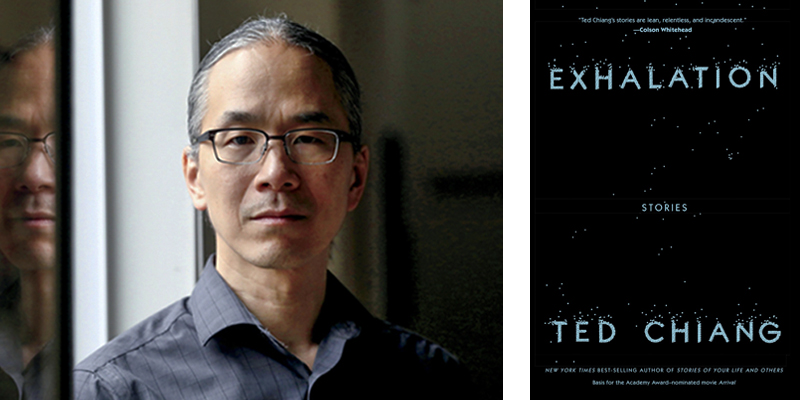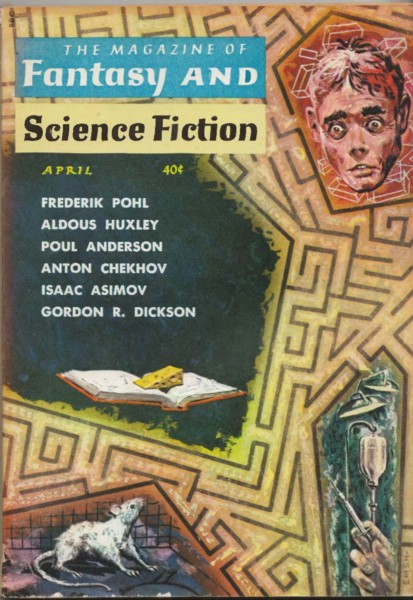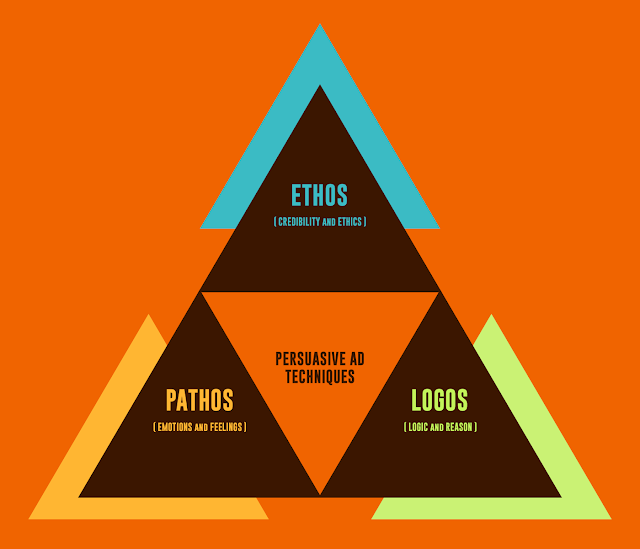 |
| https://www.studiobinder.com/blog/ethos-pathos-logos/ |

Here's yet again another teaching moment for my students.
Currently (update 2003.18) my Concordia University students are accessing this page.
In my 101 class, we are studying the rhetorical triangle as a means for persuasion both on writing our own essays but also in analyzing the persuasive arguments of others, especially Kalle Lasn's book Culture Jam.
My 102 students need a reinforcement of the concepts of Aristotle's rhetorical triangle and how it should function in their arguments along with modern argument structures like Toulmin or Rogerian structure.
Below are some videos with which we worked in English 101 to think about rhetoric in analyzing advertisements. I followed those two analytical videos with a general video of how rhetoric works in persuasive advertisements, two overview videos of rhetoric, and finally two different written overviews of the rhetorical triangle with cool graphics.
The MATERIAL THAT FOLLOWS is a hodge podge. The videos were made by others for their own purposes or classes. I do like the one from which the Aristotle image was taken, which is the first after the three related to advertising.
The print content varies, too. The first chunk is for a writing class, clearly, but it references quarters and school related things not relevant to my students. Still., the information is good.
I included the last print chunk even though it's about verbal presentations (speeches) because I felt it was very well written, though some of the material is not directly related to essay writing.
Some stuff that I previously shared on the Rhetorical Triangle here:
https://sensedoubt.blogspot.com/2019/04/a-sense-of-doubt-blog-post-1530.html
a better version of it is here:
THE RHETORICAL SITUATION
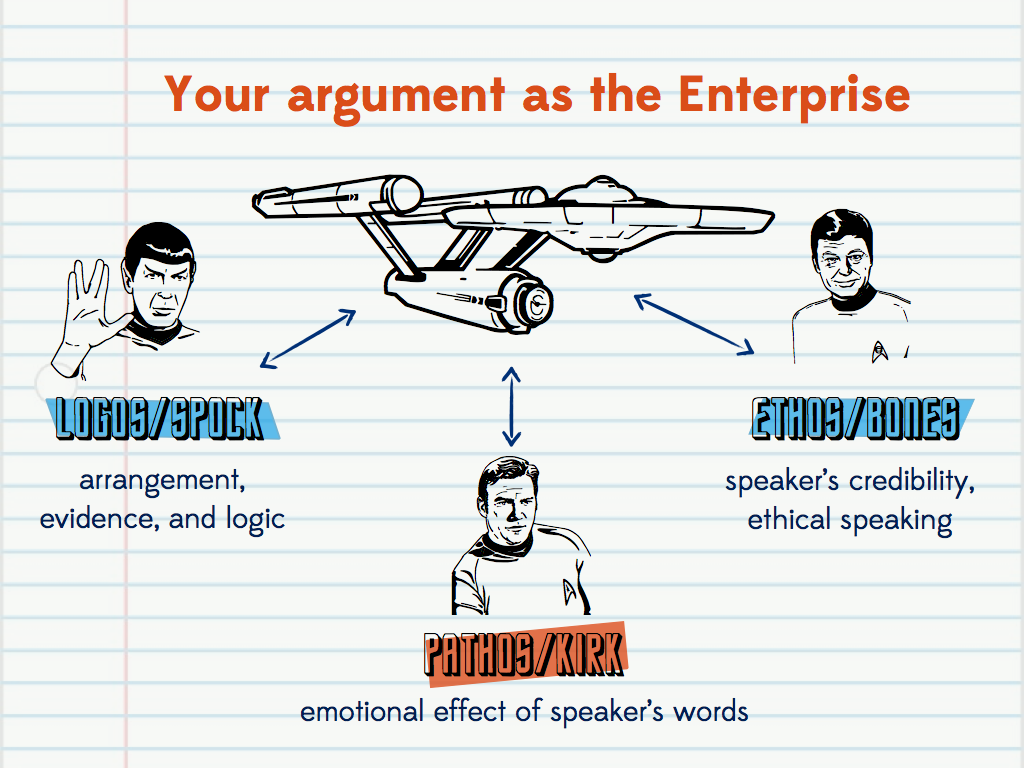
I like this one a lot:
https://natureofwriting.com/courses/introduction-to-rhetoric/lessons/ethos-pathos-and-logos/
and this one:
and this one:
https://nesslabs.com/ethos-pathos-logos
VIDEOS
http://www.brunswick.k12.me.us/hdwyer/rhetoric/

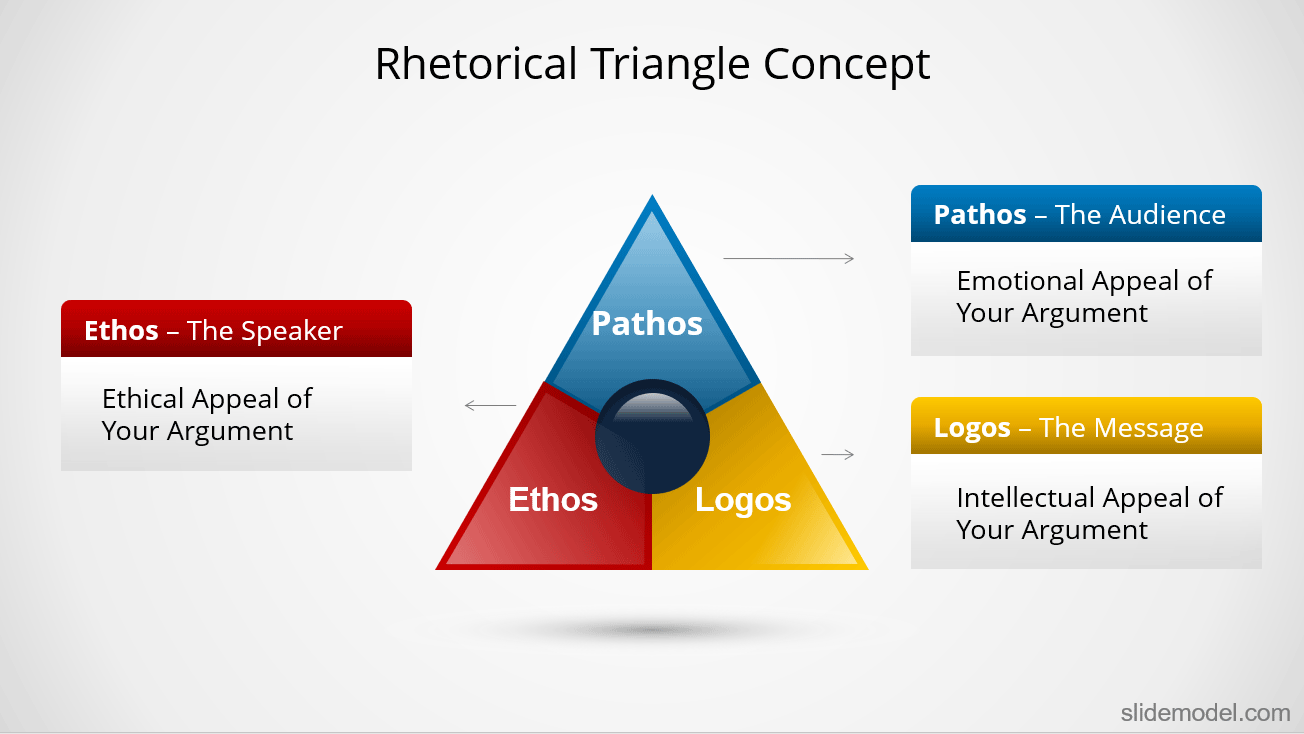 https://slidemodel.com/building-persuasive-argument-rhetorical-triangle-concept/
https://slidemodel.com/building-persuasive-argument-rhetorical-triangle-concept/
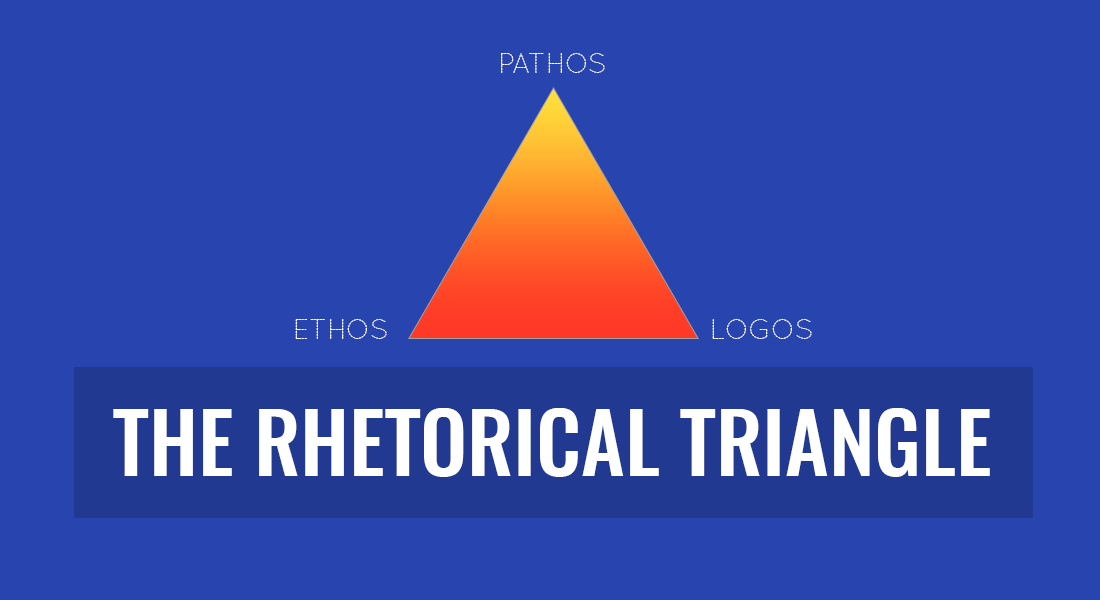

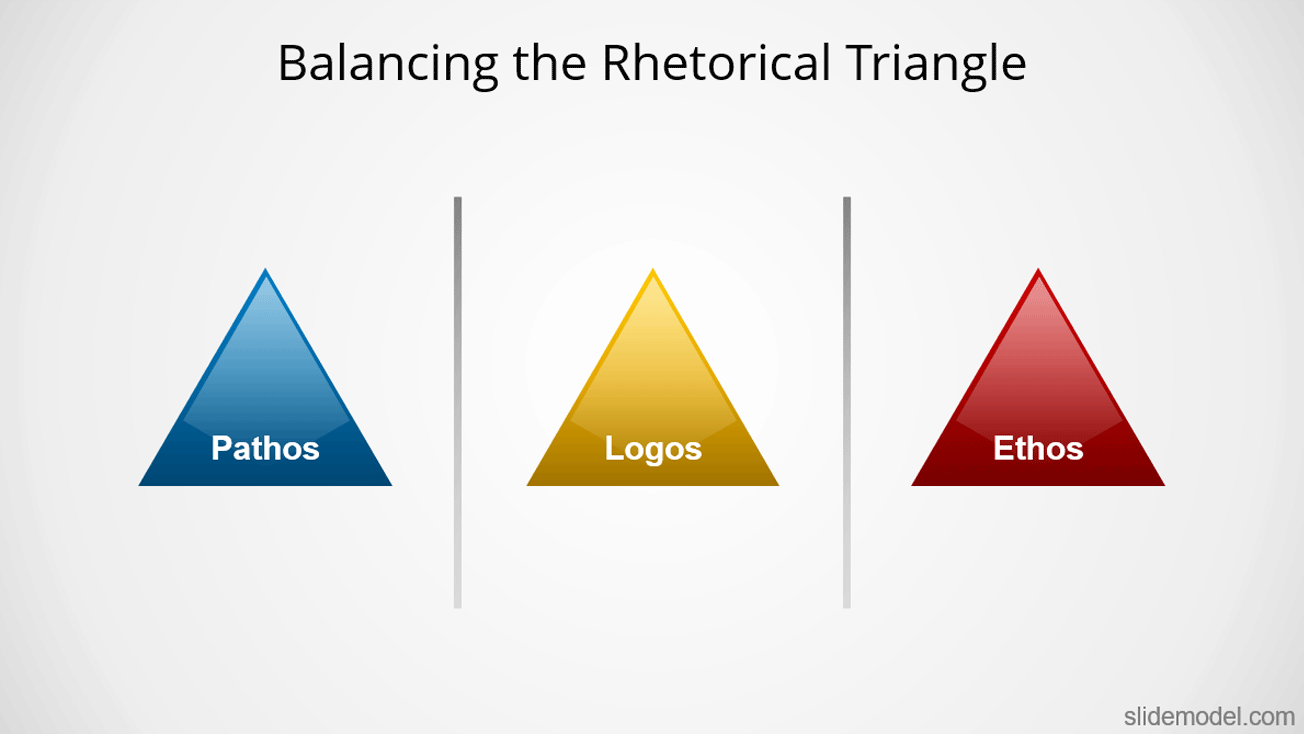
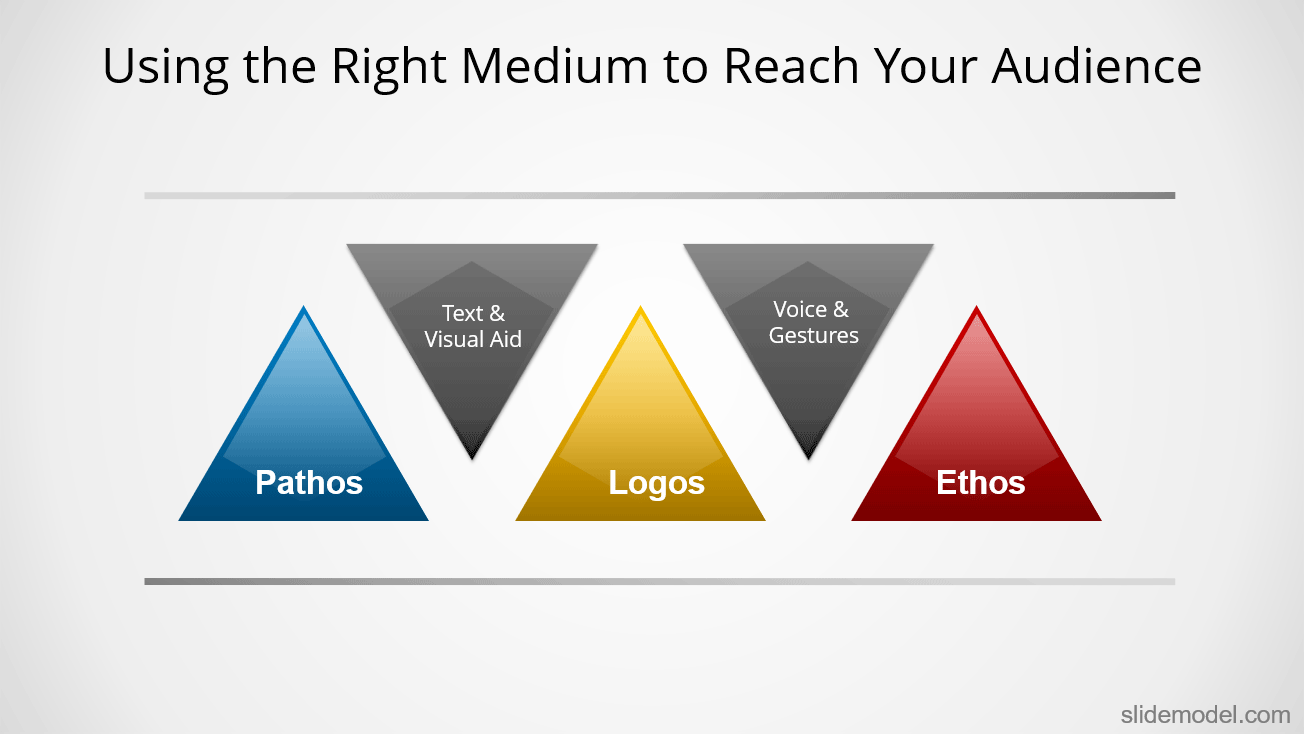
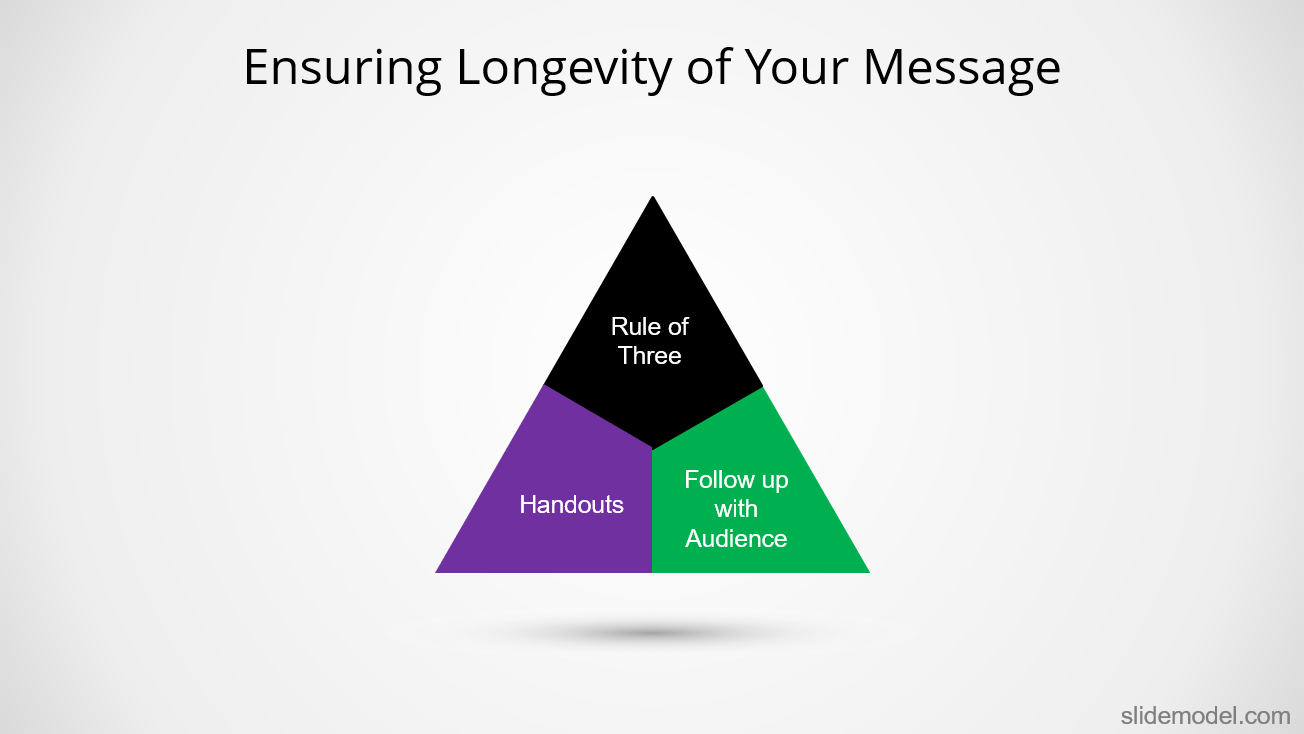
+++++++++++++++++++++++++++++++++++++++++++++++++++++++++++++++++++++++
+++++++++++++++++++++++++++++++++++++++++++++++++++++++++++++++++++++++
+++++++++++++++++++++++++++++++++++++++++++++++++++++++++++++++++++++++
- Bloggery committed by chris tower - 2001.31 - 10:10
- Days ago = 1672 days ago
- New note - On 1807.06, I ceased daily transmission of my Hey Mom feature after three years of daily conversations. I plan to continue Hey Mom posts at least twice per week but will continue to post the days since ("Days Ago") count on my blog each day. The blog entry numbering in the title has changed to reflect total Sense of Doubt posts since I began the blog on 0705.04, which include Hey Mom posts, Daily Bowie posts, and Sense of Doubt posts. Hey Mom posts will still be numbered sequentially. New Hey Mom posts will use the same format as all the other Hey Mom posts; all other posts will feature this format seen here.

VIDEOS
 |
| https://thevisualcommunicationguy.com/rhetoric-overview/the-rhetorical-appeals-rhetorical-triangle/ |
 |
| https://www.teacherspayteachers.com/Product/Rhetorical-Triangle-with-Ethos-Pathos-and-Logos-2827446 |
http://www.brunswick.k12.me.us/hdwyer/rhetoric/

Rhetoric will be the focus of reading and writing throughout the second quarter. In order to maximize your understanding and perspective, you need to have a foundation for rhetorical strategies.
Rhetorical Triangle:
Ethos, Pathos, and Logos are modes of persuasion used to convince audiences. They are also referred to as the three artistic proofs (Aristotle coined the terms), and are all represented by Greek words.
Ethos or the ethical appeal, means to convince an audience of the author’s credibility or character.
An author would use ethos to show to his audience that he is a credible source and is worth listening to. Ethos is the Greek word for “character.” The word “ethic” is derived from ethos.
Ethos can be developed by choosing language that is appropriate for the audience and topic (also means choosing proper level of vocabulary), making yourself sound fair or unbiased, introducing your expertise or pedigree, and by using correct grammar and syntax.
Pathos or the emotional appeal, means to persuade an audience by appealing to their emotions.
Authors use pathos to invoke sympathy from an audience; to make the audience feel what what the author wants them to feel. A common use of pathos would be to draw pity from an audience. Another use of pathos would be to inspire anger from an audience; perhaps in order to prompt action. Pathos is the Greek word for both “suffering” and “experience.” The words empathy and pathetic are derived from pathos.
Pathos can be developed by using meaningful language, emotional tone, emotion evoking examples, stories of emotional events, and implied meanings.
Logos or the appeal to logic, means to convince an audience by use of logic or reason.
To use logos would be to cite facts and statistics, historical and literal analogies, and citing certain authorities on a subject.Logos is the Greek word for “word,” however the true definition goes beyond that, and can be most closely described as “the word or that by which the inward thought is expressed, Lat. oratio; and, the inward thought itself, Lat. Ratio. (1) The word “logic” is derived from logos.
Logos can be developed by using advanced, theoretical or abstract language, citing facts (very important), using historical and literal analogies, and by constructing logical arguments.

Building a Persuasive Argument with the Rhetorical
Triangle Concept
PRESENTATION TIPS • DECEMBER 13TH,
2018

Building a persuasive
argument can be difficult for many presenters. It is easy to get lost in
translation if you’re not sure about what are you looking for. To make things
easier, presenters can focus on three main aspects of building their argument
using the Rhetorical Triangle Concept. Derived from Aristotle’s
three rhetorical appeals, the triangle consists of ethos, logos and pathos.
This includes the speaker, message and the audience.
Using the
Rhetorical Triangle for Building a Persuasive Argument
The Rhetorical
Triangle Concept can help bring clarity in defining what the presenter needs to
focus on and how to deliver the right message before an audience. The presenter
must be aware of not just the precise message he/she is delivering but also the
audience and the conviction of the speaker himself.
Ethos – The Speaker
It can be hard to
convince an audience if you don’t have the high moral ground. Ethos is
therefore an important part of the Rhetorical Triangle Concept. As a presenter
you need to focus on the ethical aspects of your argument, as well as have the
necessary conviction to present your argument before an audience. It is quite
likely that you will find it easier to convince your audience if they believe
that you are ethically justified in your point of view. Even if the audience
disagrees (e.g. due to conflict of interest), you are still likely to have
their respect. For example, if you intend to convince a group of people regarding
cutting down on plastic pollution by reducing consumption of single-use plastic
items, they might have a bias since many of their favorite products might come
only in single-use plastic containers, however, you might still win their
respect and make them think. Hence, ethos plays a major role in building a
persuasive argument.
Pathos – The Audience
The most effective way
to reach out to someone is to connect with them emotionally. Pathos or
emotional appeal is therefore an important aspect of a persuasive argument. As
a presenter, you must appeal to the emotions of the audience and try to connect
with them on a personal level. A good presenter knows how to emotionally
connect to an audience by discussing things which they can relate to. You can
look for cultural aspects which might help you do so such as shared values or
things which a specific group of people in a culture might find as a matter of
pride. For example, talking about the heritage of an audience and their high
moral values might win you some points, especially if you can connect them with
your argument.
Even when dealing with
a group of heterogeneous people, you can look for similarities. If you are for
instance, pitching your project to a group of potential investors, aspects like
profitability can be your winning pitch, as no entrepreneur can ignore
profitability. The point is you have to look for what really matters to your
audience and try to link it with your argument. You can also create an Empathy Map for
this very purpose to better understand your audience.
Logos – The Message
When building a
persuasive argument another very important thing to consider is your content.
You must appeal to the intellect of your audience. In other words, you need to
cater for logos or logic. In order to do that you can consider the reason for
which you are giving the presentation and connect it with the hopes and
aspirations of your audience. You can also look into research data to analyze
the behavior of the audience, in order to understand what might appeal to them
intellectually. For example, an audience interested in green energy initiatives
will have environmentally friendly aspects close to heart and will be willing
to invest time in trying to understand an argument, which might help in
producing an environmentally friendly outcome. Similarly, a group of investors
would be looking for returns on investment and profitability and the most
appealing business idea which can logically provide a roadmap for reaching out
to the targeted audience and increasing profitability.
It is likely that
different audience will have different interests, so you not only need to build
an intellectual argument but also one that might interest your audience
(pathos).

Balancing the
Rhetorical Triangle
When considering the
Rhetorical Triangle Concept, you must also make sure that your triangle is
balanced. When considering the ethical, intellectual and emotional appeal tied
to your argument, you must make sure you don’t overemphasize on one aspect
unnecessarily. Trying too hard to cater for emotional appeal might make you
appear manipulative and fake, whereas the emphasis on ethics without a sound
argument will not win you any points either. Make sure you spend proper time on
all three; ethos, pathos and logos, and come up with an argument that is
balanced enough to get you the desired results.

Using the
Right Medium to Reach Your Audience
There are a lot of
mediums you can use to reach your audience, using print, and electronic means.
From a presenter’s perspective, this might be the difference between using more
visual aid or using more text in slides or simply giving a speech without any
visuals.
Text & Visual Aid
As a thumb rule, it is
almost never feasible to use too much text in your slides. Similarly, use of
visual aid such as clipart, animations and infographics, too, has its
limitations. Unless you have created a video presentation, it is recommended to
use little text, complementary visuals and to ensure that your content is
legible. The use of over the top animations and flashy visuals can be
distracting. In fact, they might even cause a migraine for some people in the
audience.
It is best to use
subtle animations, little text and illustrations which can be self-explanatory.
You can also pretty much use the same rule to video presentations, with the
addition of a voice-over. In the case of the latter, make sure to give a pause
when explaining the context and pay special attention to your pronunciation of
words to make sure that your audience does not find it hard to understand
certain words which might be morphed by your accent.
Voice & Gestures
The rule for
voice-overs is the same for giving a speech during a Live session. You should
make sure that you are not hard to understand due to the way you speak and also
ensure that the equipment does not cause any voice distortion. You will have to
check the latter prior to the event beforehand. Don’t talk too fast or too
slow, try to balance the speed, use pauses and emphasize keywords. It is also a
good idea to use the rule of three by repeating an important word or phrase
three times to make it memorable for the audience.
You should speak
clearly and in most cases plainly as possible. Unless you are in a room with
experts, using technical terms without explaining their meaning or not using
simple terms will make it hard for your audience to understand you.
Your body language is
also an important part of your presentation. While you might have the perfect
pitch, if your body language gives the wrong signals, you will have a hard time
convincing your audience. It’s not entirely true that using an aggressive body
language is always bad. In some cases, such a body language might be used to
motivate an audience or to pump them up to create excitement. However, you need
to consider the context and the audience, keeping in you the ethos, pathos and
logos. A formal presentation might require giving a calm body language by using
gestures which are gentle and not aggressive. Keeping the palm of your hands in
front of you is a good way to giving out a positive gesture, similarly, smiling
often and using a calm tone can also help you gain some marks.

Ensuring
Longevity of Your Message
You also need to
ensure that your message stays with your audience after the presentation. There
are a lot of ways you can ensure this. A very simple method is to give
handouts, be it printed handouts or by emailing them to your audience after the
presentation. There are also a few web services which allow the audience to
view your Live presentation and email the handouts automatically to the
audience after the session is over. One such service is Beamium. You can also
make your message timeless by uploading it on YouTube and sharing it across your
social media accounts and with your followers. You can also follow up with your
audience by sending them an email, survey or asking for their feedback.

Final Words
A sound argument
consisting of ethics, logic and emotional appeal is hard to ignore. There are
also other factors which need to complement these aspects. It can be hard to
use ethos, logos or pathos if the audience can’t hear you due to an equipment
malfunction or when your slides are just too distracting due to annoying
graphical content. You need to also cater to the environment and do your best
to make it comfortable and welcoming for the audience or at least be in a
position where you can be heard and seen clearly.
It’s not just
technology or paper handouts that can make your message memorable, using the
rule of three and catering for ethos, logos and pathos is the old fashioned way
of making sure that your audience remembers your message long after the
presentation.
+++++++++++++++++++++++++++++++++++++++++++++++++++++++++++++++++++++++
+++++++++++++++++++++++++++++++++++++++++++++++++++++++++++++++++++++++
+++++++++++++++++++++++++++++++++++++++++++++++++++++++++++++++++++++++
- Bloggery committed by chris tower - 2001.31 - 10:10
- Days ago = 1672 days ago
- New note - On 1807.06, I ceased daily transmission of my Hey Mom feature after three years of daily conversations. I plan to continue Hey Mom posts at least twice per week but will continue to post the days since ("Days Ago") count on my blog each day. The blog entry numbering in the title has changed to reflect total Sense of Doubt posts since I began the blog on 0705.04, which include Hey Mom posts, Daily Bowie posts, and Sense of Doubt posts. Hey Mom posts will still be numbered sequentially. New Hey Mom posts will use the same format as all the other Hey Mom posts; all other posts will feature this format seen here.









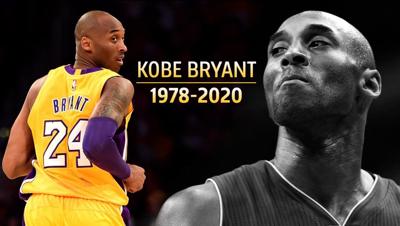

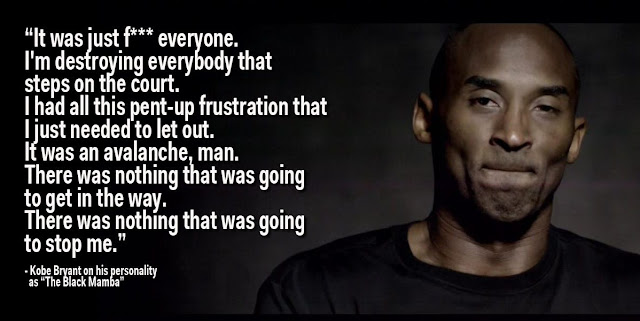

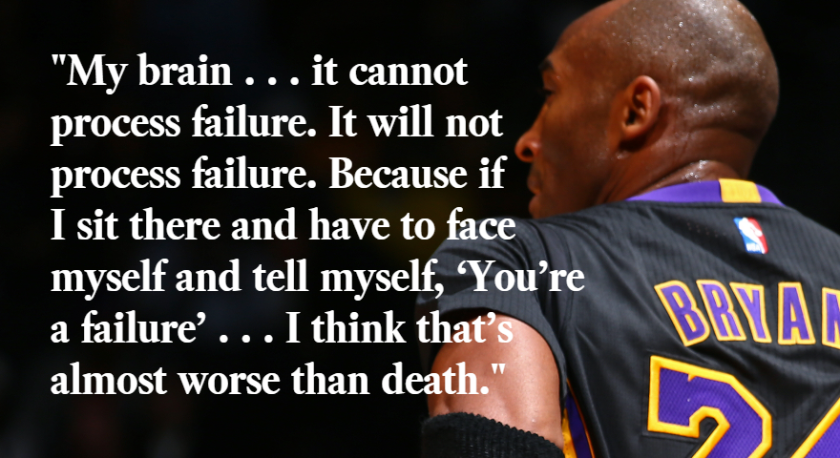




/cdn.vox-cdn.com/uploads/chorus_image/image/66170481/1009938660.jpg.0.jpg)
